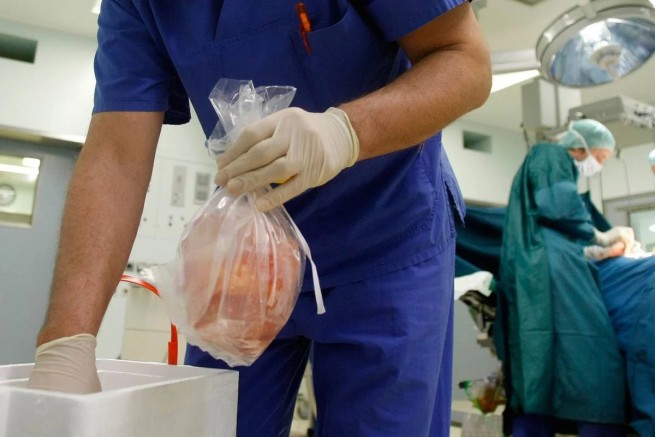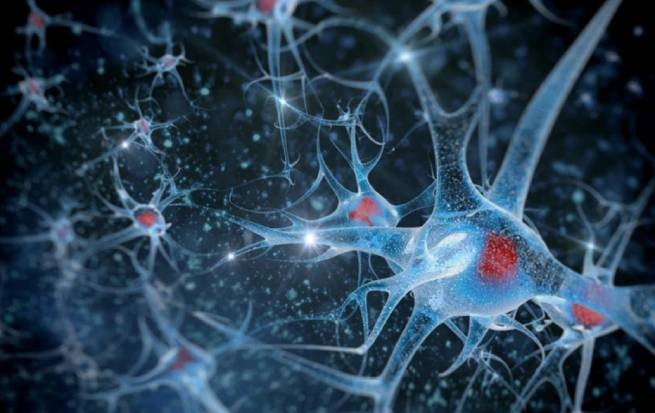Does the common phrase “Don’t be nervous! Nerve cells don’t regenerate” reflect reality? Is this really true? In fact, not everything is so simple.
First, about the cells themselves, which “do not recover”
What are they? Nerve cells, called neurons, receive and send signals from the body to the brain and vice versa, and the signals themselves are sent using a weak electrical charge. Talking about “fragility” in an article from one of the most prestigious American clinics Mayo Clinic:
“The nervous system is vulnerable. It can be damaged and recovers with great difficulty, if at all. This affects the brain's ability to communicate with muscles and senses. Injuries to the nervous system can be painful and cause weakness, tingling, numbness and even changes in circulation “.
Neurologist Elena Odintsova explains that the restoration of cells in the nervous system depends on the location of the damage. It is important to distinguish:
- Central nervous system (spinal cord and brain).
- The peripheral nervous system connects the central nervous system with internal organs, muscles and sensory systems.
What is neuroplasticity
As a rule, damaged cells of the central nervous system are not restored. But the brain has a unique the ability to recover and restructure under the influence of experience – this property is called neuroplasticity. “This adaptive potential of the nervous system allows the brain to recover from injury and disruption,” explains the neurologist.
That is, when one area of the brain loses function, other, undamaged areas can take over the lost function. However, it is important to understand that this does not happen on its own, but only under the influence of new experience.
It's the same with spinal cord injuries: the brain will also affect recovery and redistribution. Expert says:
“If the spinal cord is partially injured, patients recover with rehabilitation efforts and usually have significant improvement, sometimes complete recovery. With complete spinal cord injury, there is little or no recovery.”
Thus, the cells of the central nervous system are lost forever, but the brain does not give up and looks for ways to compensate. This is clearly seen in the example. Pediatric neurosurgeons performed complex brain surgery on a 4-year-old patient who suffered from severe seizures. During the examination, doctors discovered focal cortical dysplasia, that is, poorly developed convolutions of the brain, which provoked seizures.
During the operation, part of the child’s brain was removed, but then “magic” called “neuroplasticity” will occur in the girl’s body. The function of the removed part of the brain will be taken over by other areas. Undoubtedly, this will not be quick and will require some effort on the part of the child, doctors, and parents. The expert explains:
“Let’s imagine that the part of the brain that knew how to ride a bicycle (or raise an arm, or walk) has died. We need to teach the brain and body again to ride a bike, raise an arm, walk, that is, to form new neural connections.”
This is what neuroplasticity is, and it manifests itself especially well in children. Wherein Neuroplasticity is not just about recovery from injury. This is a change, a reconstruction of synapses (the connection between two neurons), that occurs under the influence of new experience. A similar process occurs quite actively even in older people.
Elena Odintsova draws attention to the difference in recovery depending on the location of the injury:
“But in the peripheral nervous system, damaged nerves can regrow at a rate of about 2.5 cm per month or 1 millimeter per day. This is because these neurons have a sheath of Schwann cells*, which can help damaged nerves regenerate and repair function”.
Damage to the peripheral nervous system can occur slowly, over time, or instantly. Accidents, falls and sports can cause injury. Repetitive microtrauma, such as carpal tunnel syndrome, can also cause nerve damage. Other causes of nerve damage include diabetes, radiation, alcoholism, viral diseases, birth trauma, surgery, autoimmune reactions and some inherited diseases.
Can nerve cells regenerate?
Still, the main question is: when we are nervous, do cells die? The neurologist answers:
“Yes and no. Depends on what we mean by the word “nervous”. What kind of stress is meant? After all, it can both promote neuroplasticity and destroy neurons. In the everyday understanding, stress is exactly what contributes to the supposed loss “nerve cells. However, a stressful situation may be the new experience that changes the synapse rather than destroying it.”
She explains that there is such a thing as “toxic stress.” This a situation where high levels of stress last too long. In this case, both synapses and cells die, and much fewer new neurons are formed. This occurs under the influence of certain hormones, for example, cortisol, the stress hormone.
How does this manifest itself? Concentration, memory, and emotion regulation deteriorate. If you notice these symptoms in yourself, then this is exactly it – the destruction of your nerve cells. Although in an environment where there are conditions for recovery, neuroplasticity can begin to return. The expert says:
“Neural circuits in a healthy brain are rewired by experience to produce behavioral responses consistent with what the person is experiencing. For example, being more vigilant and anxious in a potentially dangerous environment. These are so-called patterns. If the stress is short, then everything is quickly restored. If chronic , these connections are being destroyed.”
So some nerve cells can indeed die, others can be restored, and other parts of the brain will simply take over the work of the dead.
*Schwann cells (lemmocytes) are auxiliary cells of nervous tissue. They act as an insulating layer around nerve fibers, protecting and providing nutrients to neurons.







More Stories
Organ donation from a 74-year-old man who died in a traffic accident
Strawberry pie – fast, tasty and healthy
Life on wheels